An aqueous cleaning system is a safe and effective alternative to solvent cleaning systems. They are used for cleaning parts. Aqueous cleaning systems use water based chemicals (which are less hazardous to operate) and heat and mechanical energy to clean parts. They are safer because they reduce the release of VOC (volatile organic compounds) which cause medical issues. Read More…
Niagara Systems LLC has offered turnkey custom parts washing systems for over 80 years. With our customization capabilities, our parts washing systems stand out from the competition.
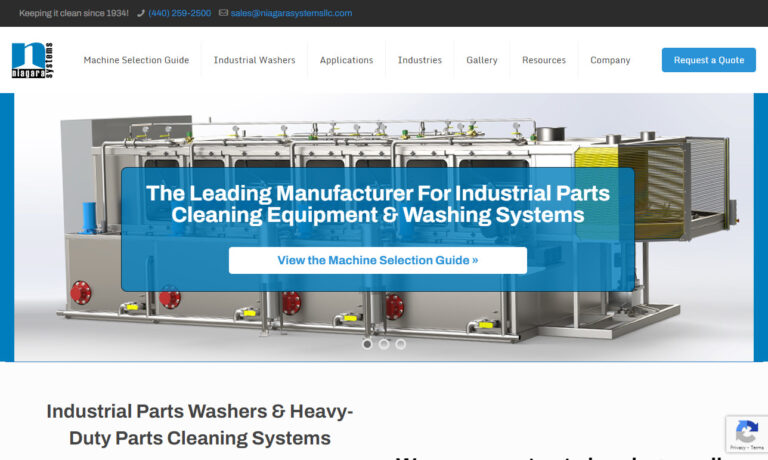
Great Lakes Finishing Equipment, Inc. specializes in supplying parts washers for even the most demanding cleaning jobs. Equipment includes table washers, drum washers, aqueous rotary baskets, aqueous belt washing systems, & more. Let our parts washing specialists assist you with your specific washing applications. Contact us today for all of your parts washer needs.
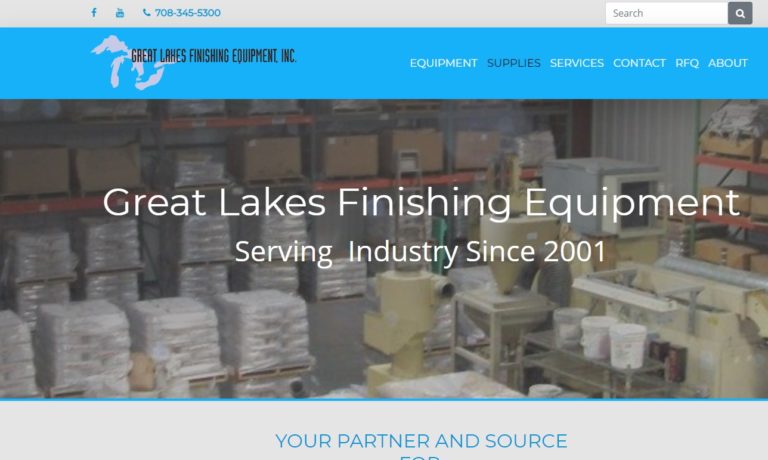
Need help with a parts washer to clean your dirty parts? Contact StingRay to get a quote for an engineered parts washer. StingRay Parts Washer offers a complete solution to your cleaning needs which includes fixturing of your parts, industry approved detergent, engineered parts washer, and the most complete customer service in the industry.
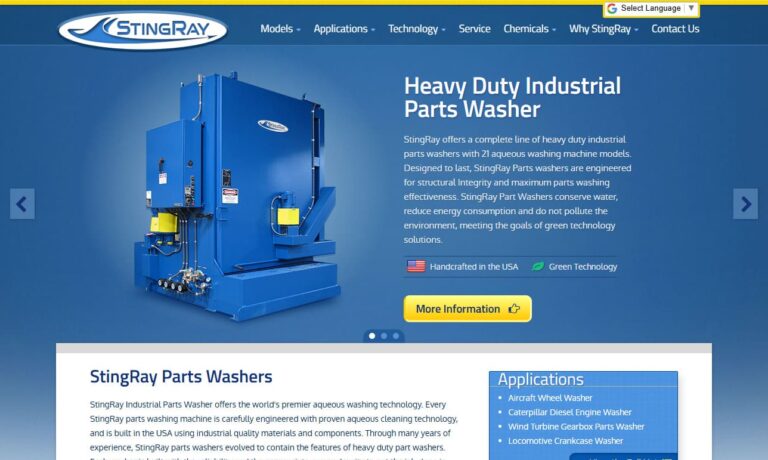
More Aqueous Cleaning System Manufacturers
Aqueous cleaning systems work by breaking up dirt and grease using heat, pressurized water, soap and agitation. There are different kinds of aqueous cleaning systems. Spray cabinets clean by spraying heated solutions at high pressures in an enclosed cabinet.
Spray cabinets range and vary greatly in size. Ultrasonic units are equipped with transducers along the bottom or side of the tank and the transducer generate high frequency sound waves that allow for a microscopic scrubbing action on the surfaces of parts.
Immersion units have a removable false bottom which allows parts to be submerged in the solution and loosen soils and reduce scrubbing time. Drum top units are the most similar to solvent units. They use microbes in the aqueous solution to degrade oils and organic contaminants. These microbes are safe and pose no threat to those who come in contact with them. All these aqueous cleaning systems have an aqueous solution in them that helps with the cleaning.
Certain factors affect the cleaning results in an aqueous cleaning system. These include mechanical energy, temperature, detergent, and time. Changing or altering any of these factors affect s the cleaning outcome. Aqueous cleaning systems use alkaline based detergents mixed with water to clean. Most aqueous cleaning systems use an electric motor to drive a centrifugal pump which determines the power density of the machine. For two aqueous cleaning systems to have similar cleaning results, their power density must be the same.



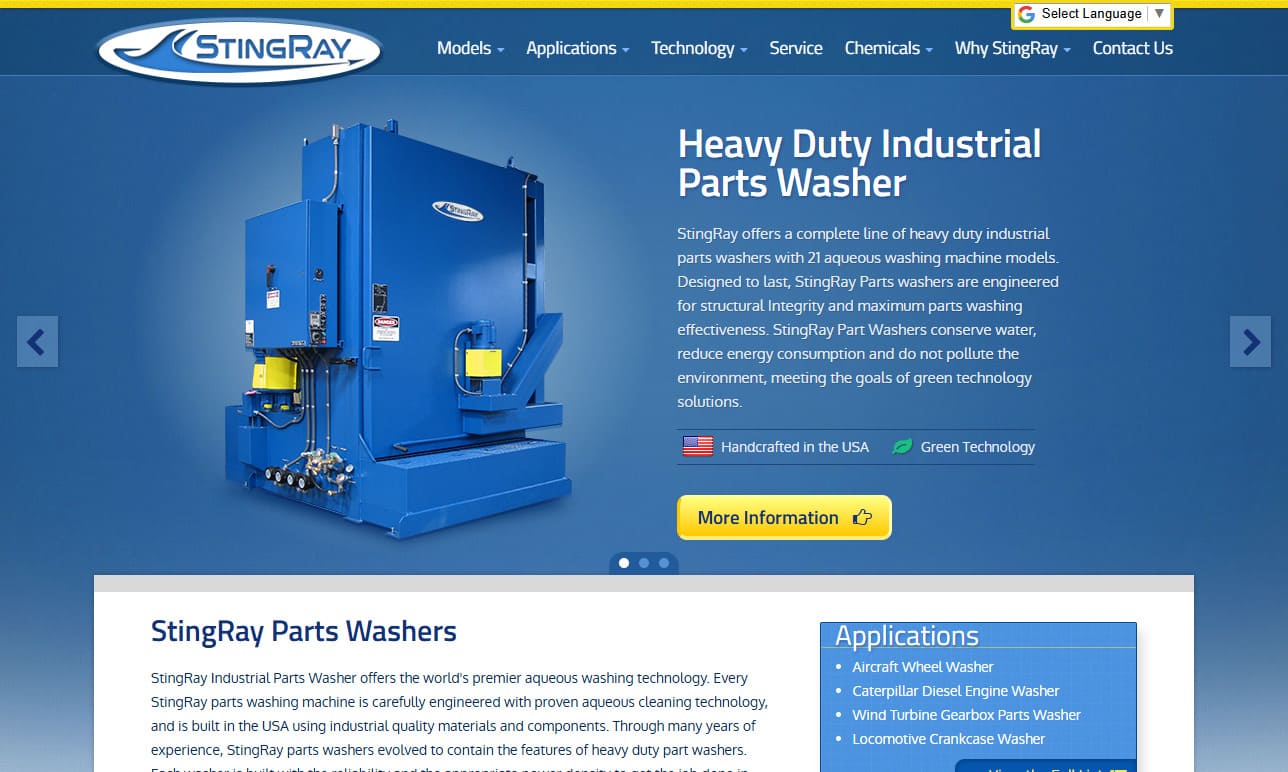

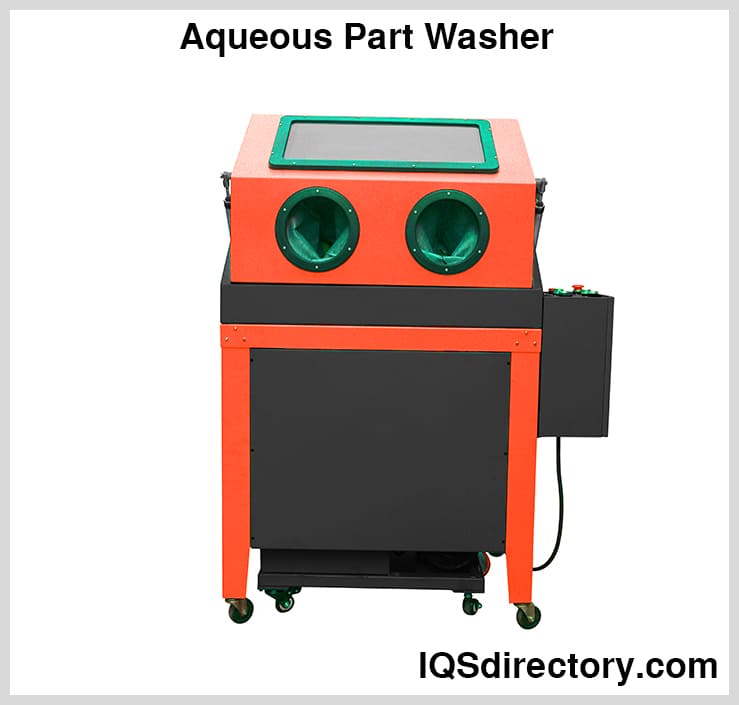
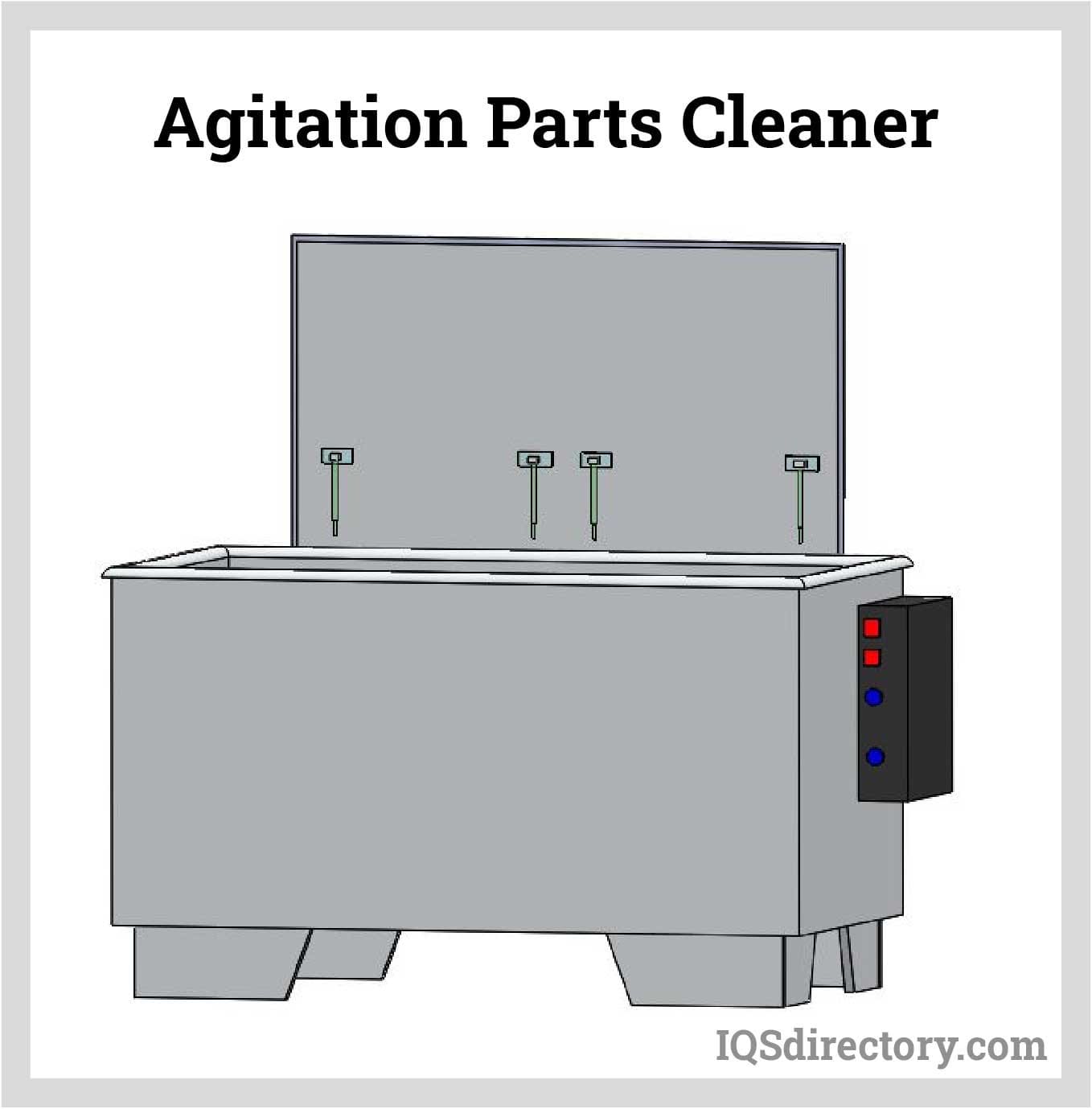
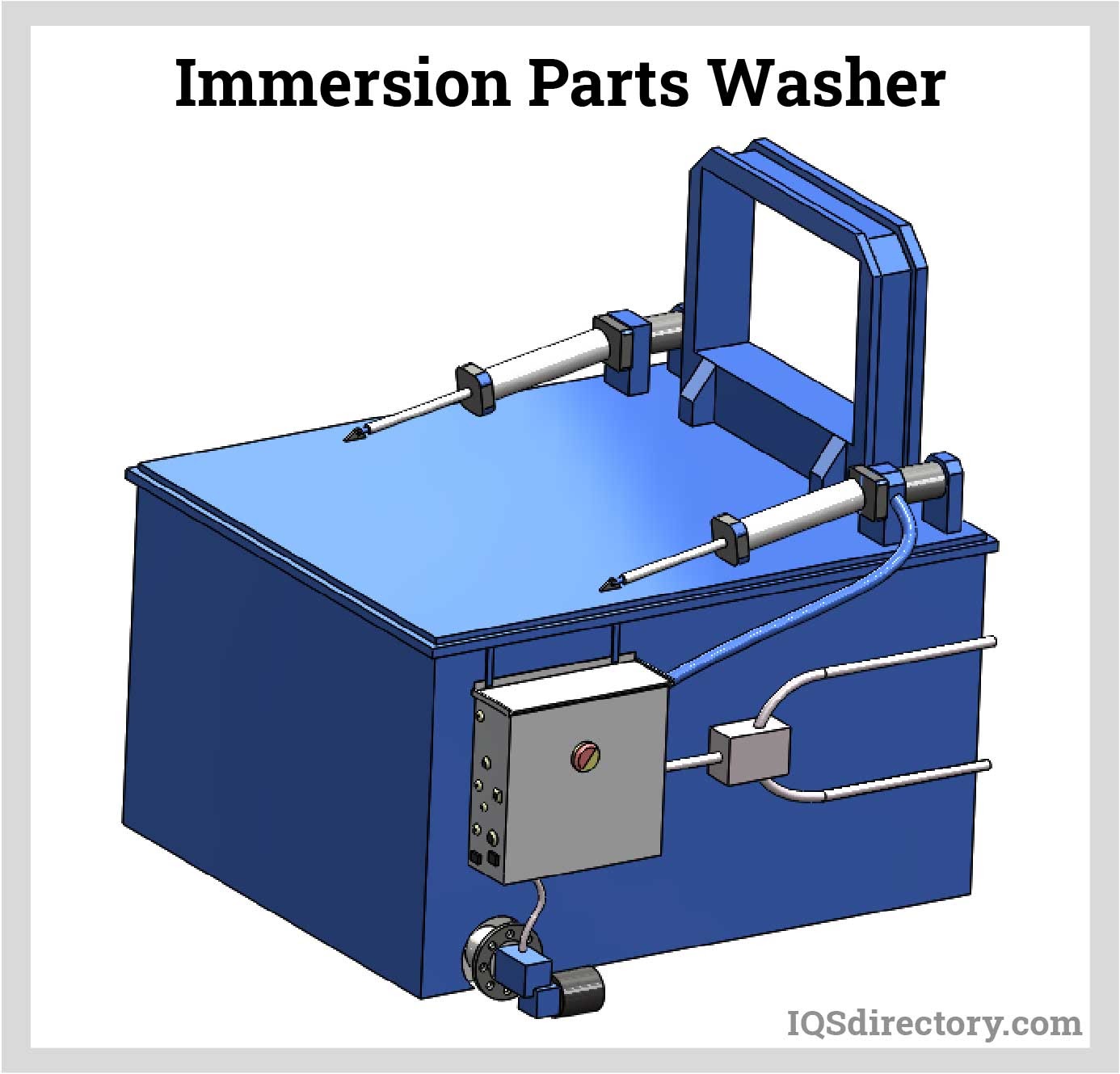
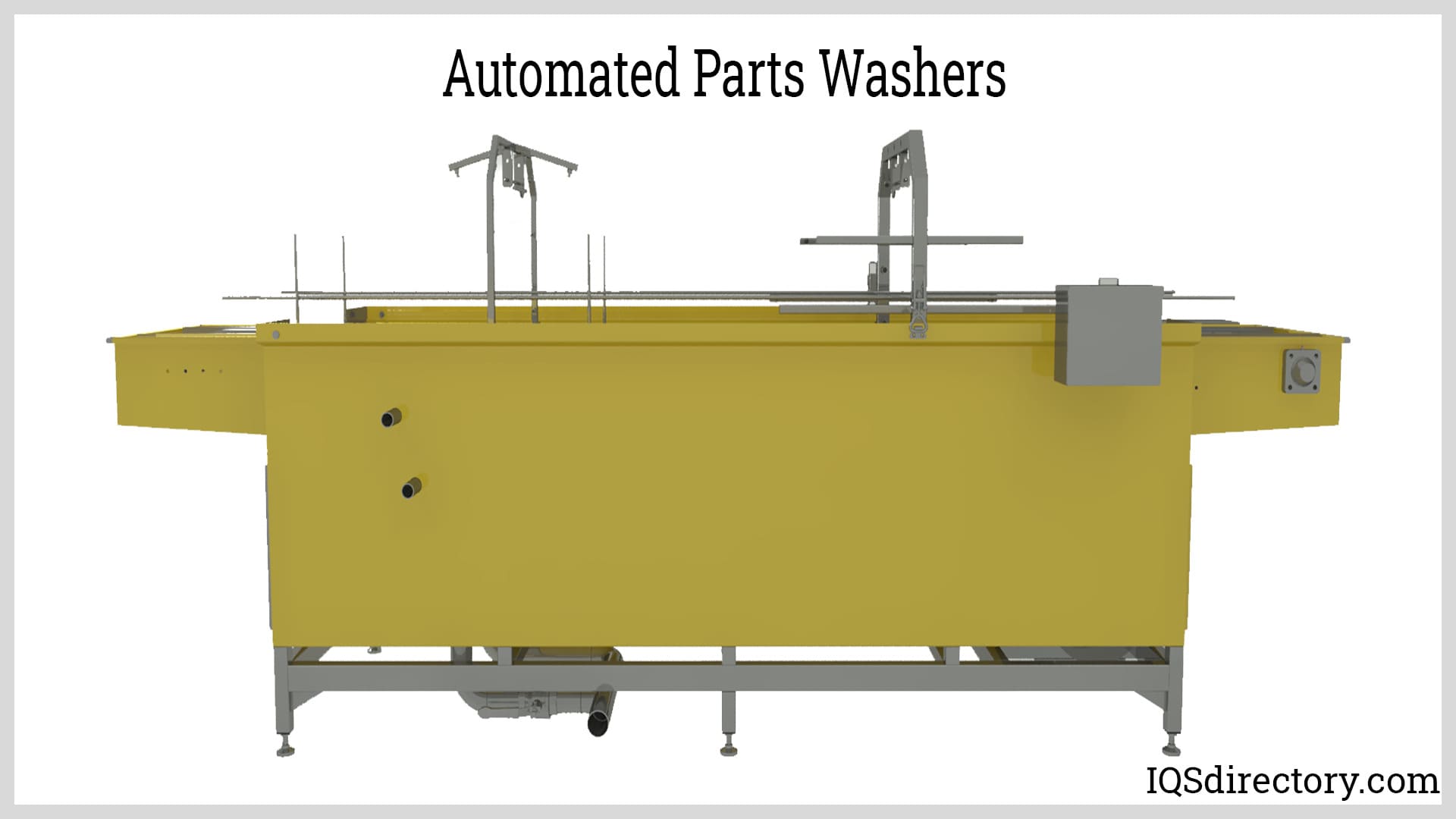
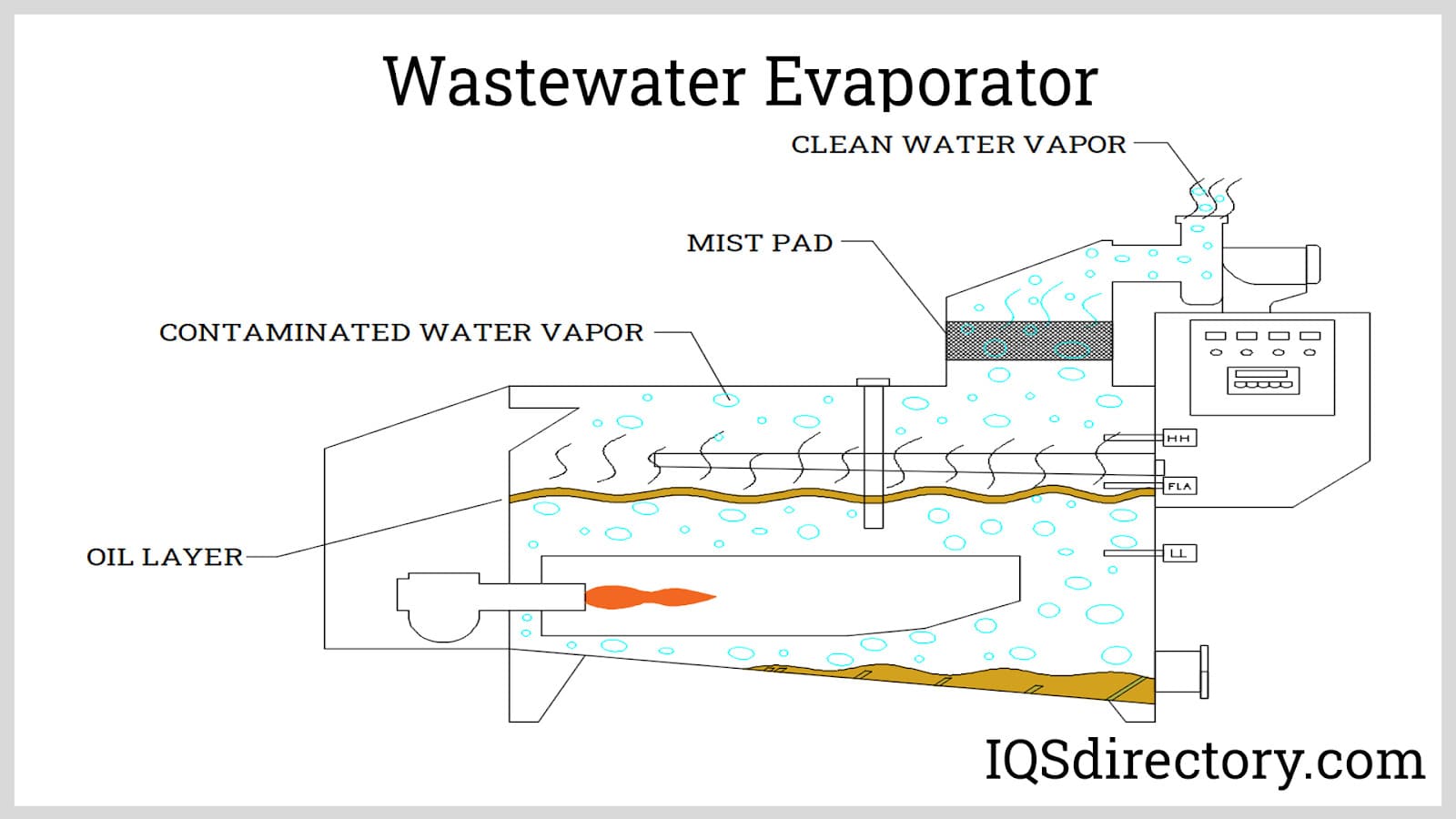
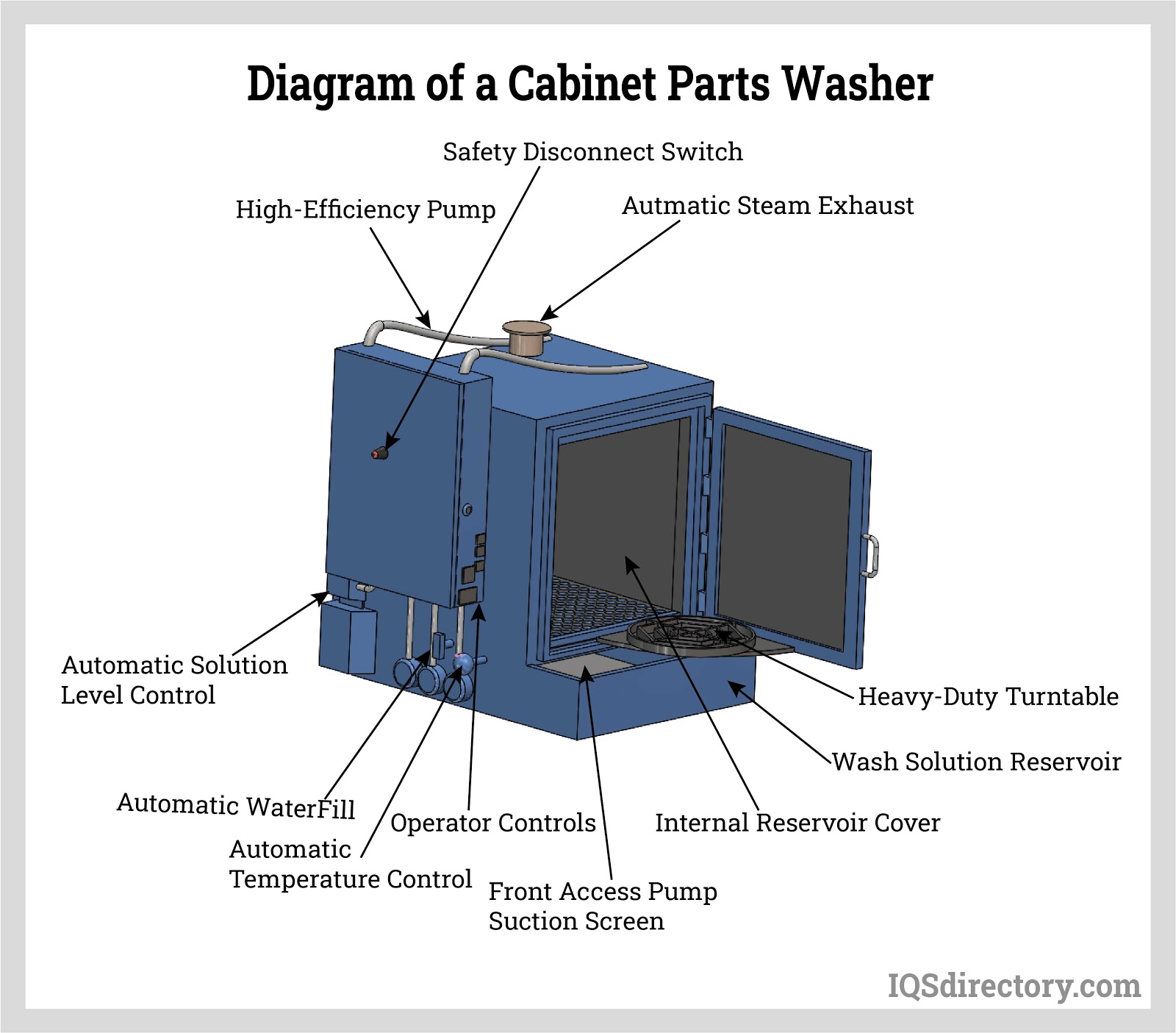
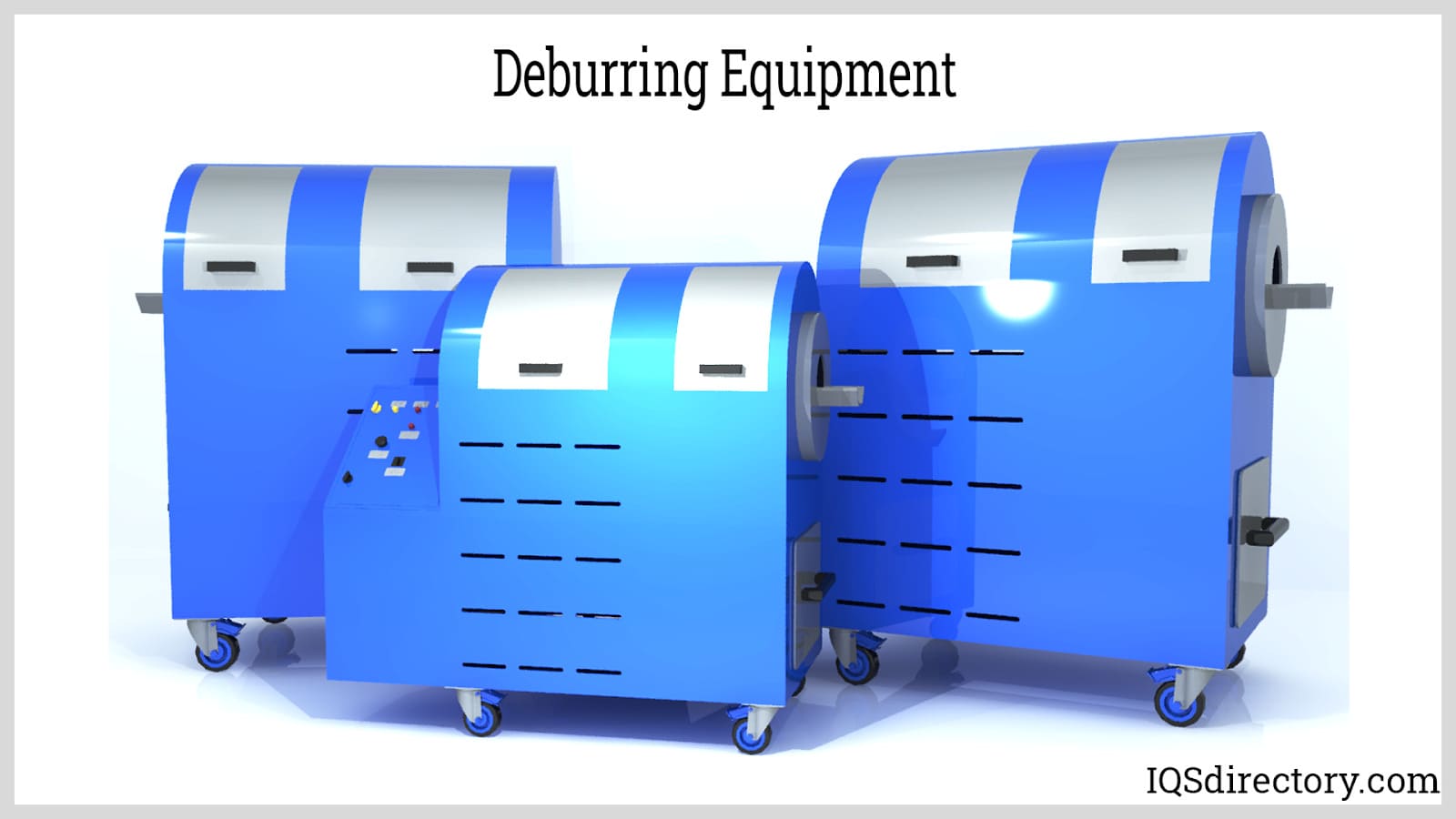
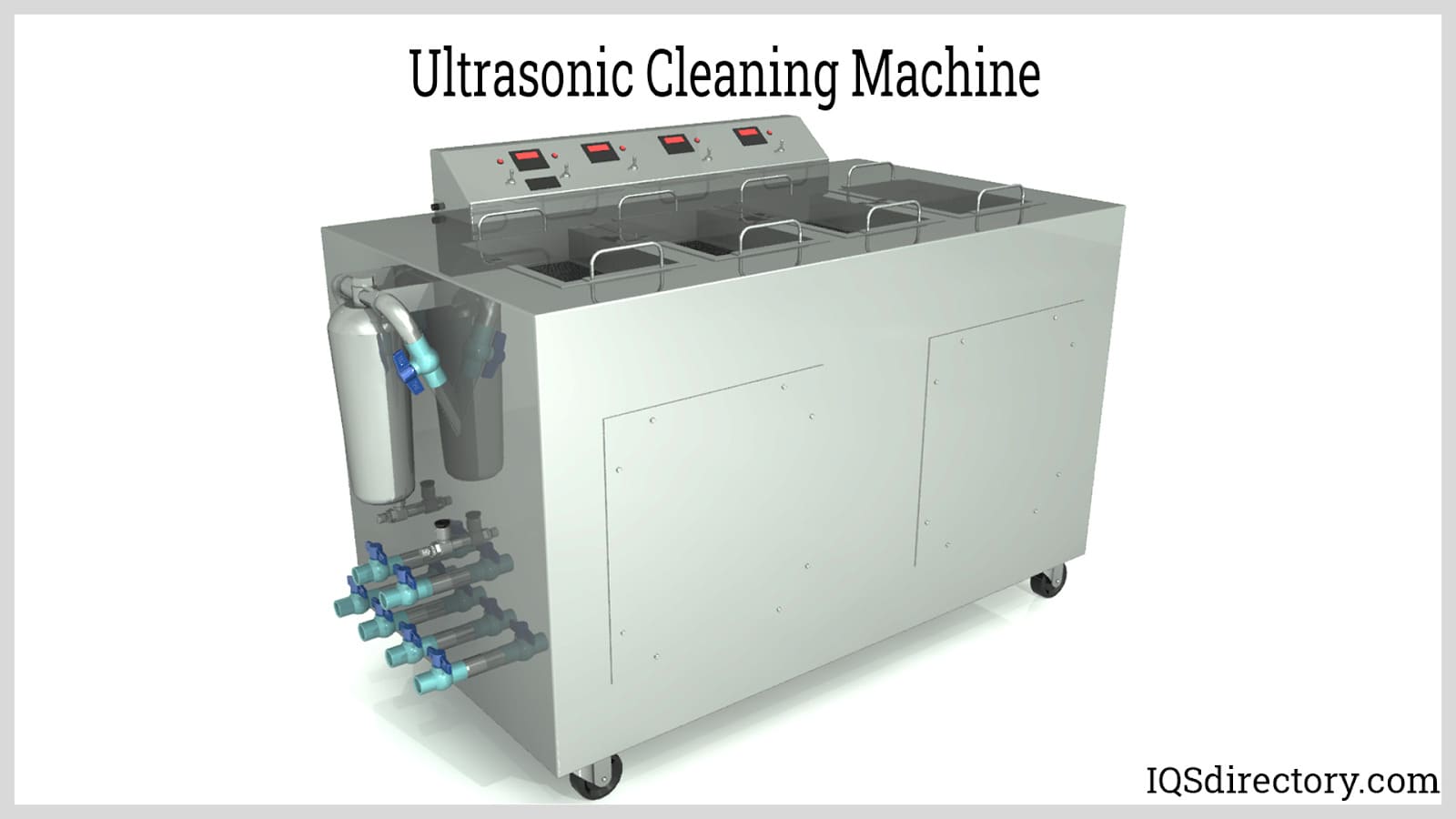
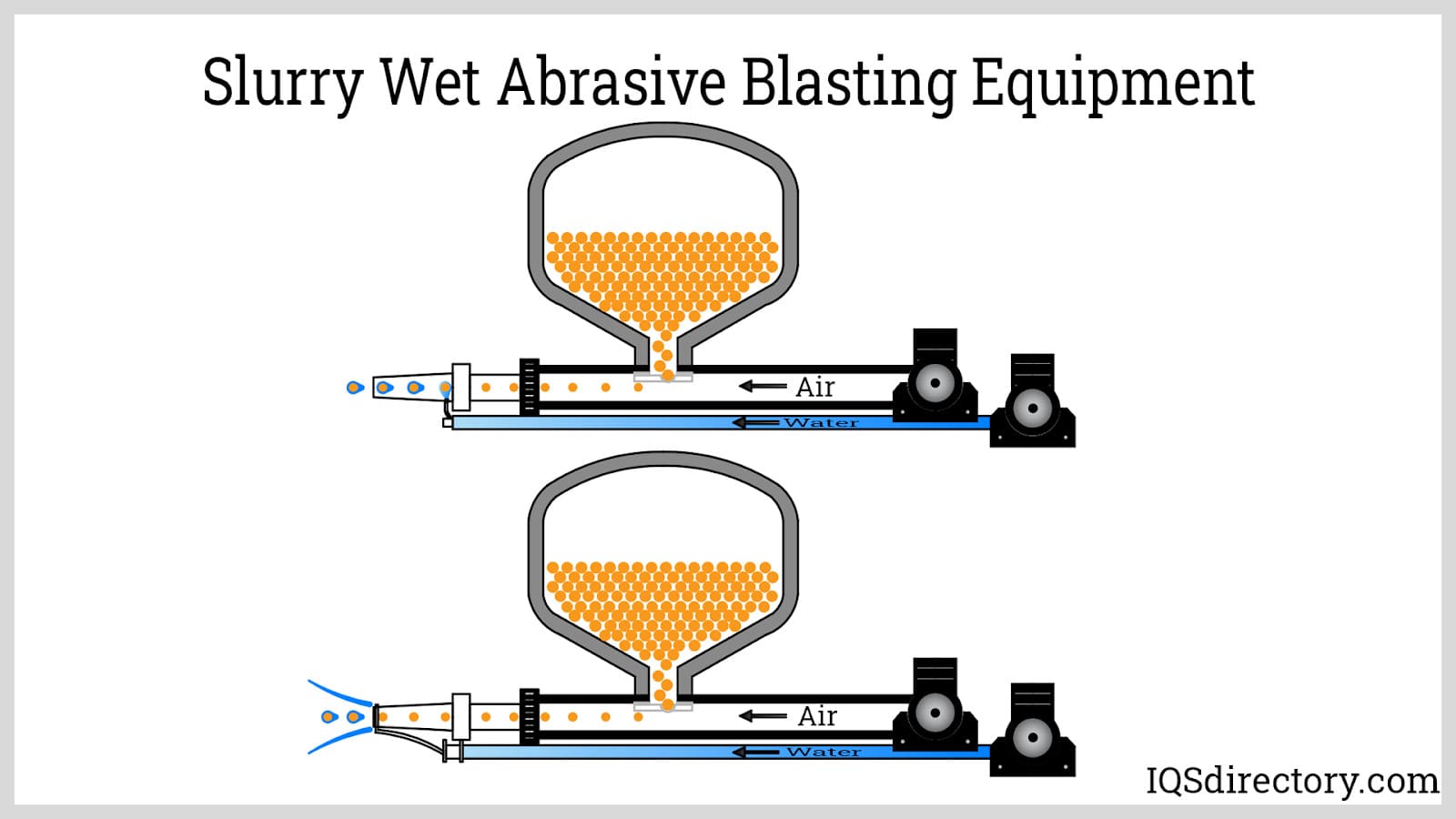
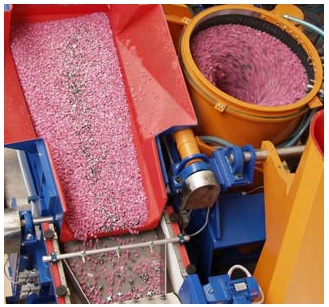 Deburring Machinery
Deburring Machinery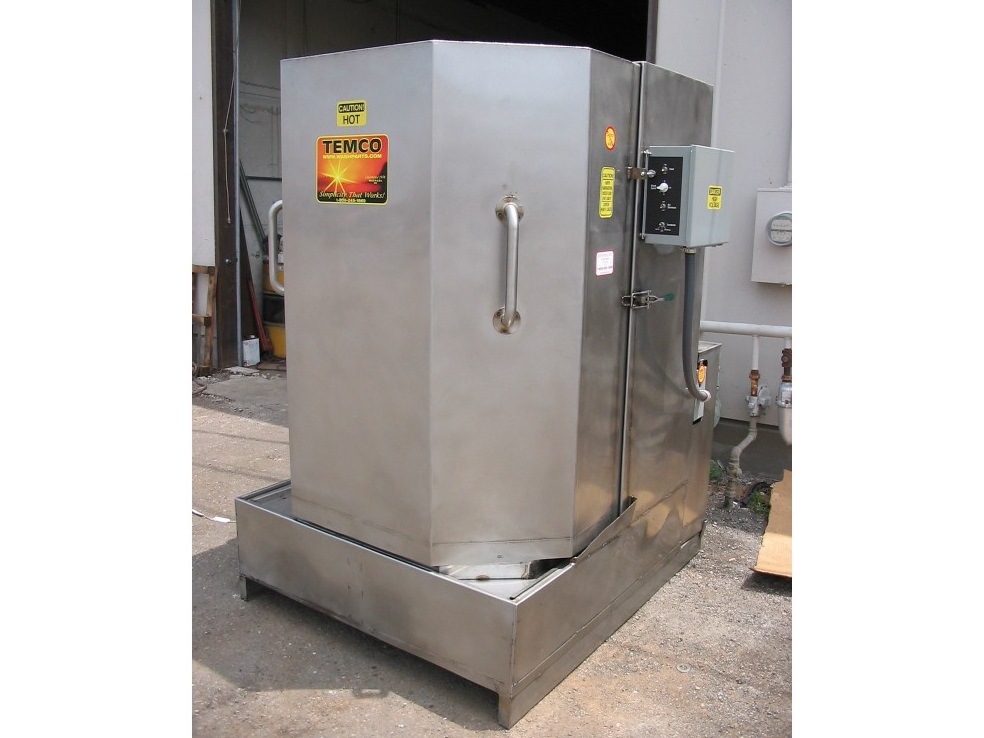 Industrial Parts Washers
Industrial Parts Washers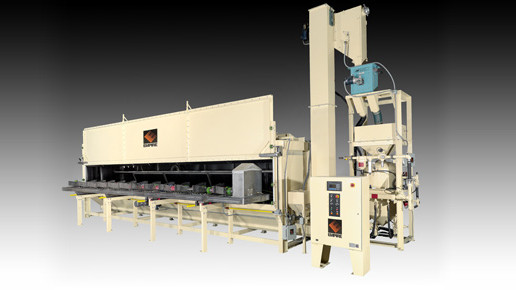 Sandblast Equipment
Sandblast Equipment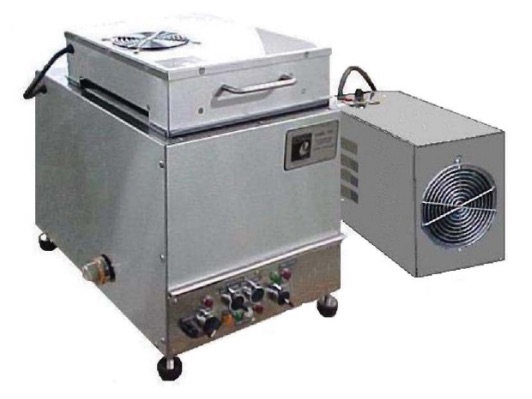 Ultrasonic Cleaners
Ultrasonic Cleaners Castings & Forgings
Castings & Forgings Bulk Material Handling
Bulk Material Handling Electrical & Electronic Components
Electrical & Electronic Components Flow Instrumentation
Flow Instrumentation Hardware
Hardware Material Handling Equipment
Material Handling Equipment Metal Cutting Services
Metal Cutting Services Metal Forming Services
Metal Forming Services Metal Suppliers
Metal Suppliers Motion Control Products
Motion Control Products Plant & Facility Equipment
Plant & Facility Equipment Plant & Facility Supplies
Plant & Facility Supplies Plastic Molding Processes
Plastic Molding Processes Pumps & Valves
Pumps & Valves Recycling Equipment
Recycling Equipment Rubber Products & Services
Rubber Products & Services